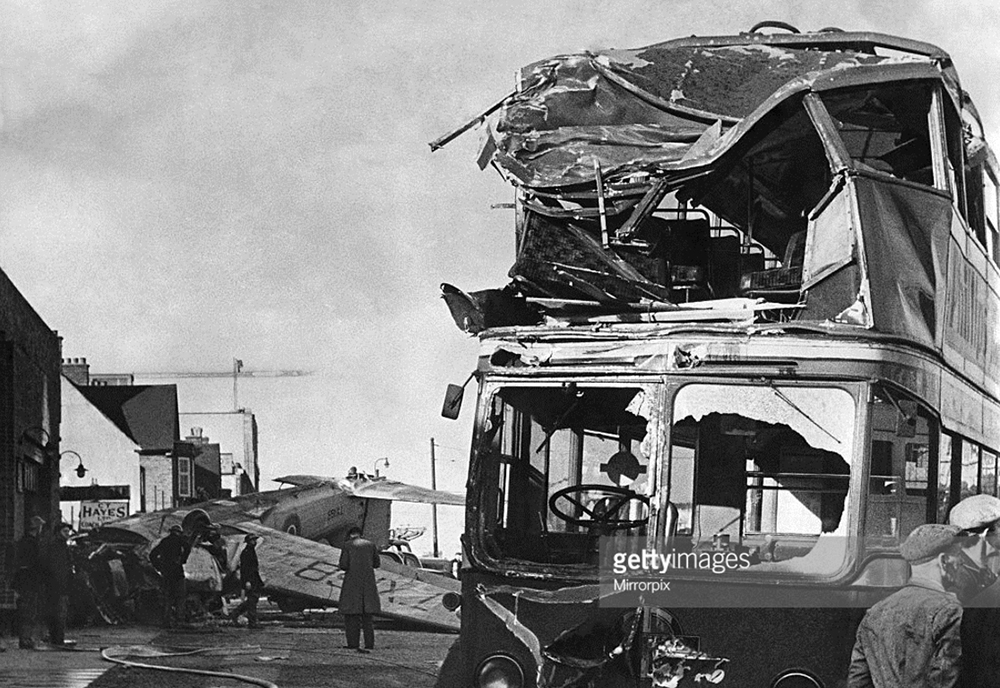Crash of an Avro 652 Anson C.19 in Hendon: 3 killed
Date & Time:
Nov 21, 1952
Registration:
VM327
Survivors:
No
Schedule:
Hendon – Saint Athan
Crew on board:
3
Crew fatalities:
Pax on board:
0
Pax fatalities:
Other fatalities:
Total fatalities:
3
Circumstances:
Shortly after takeoff from Hendon Airfield, while in initial climb, the crew informed ground that the right engine failed and elected to return for an emergency landing. The aircraft lost height and hit tree tops before crashing in a wooded area. All three crew members were killed.
Probable cause:
Engine failure.


